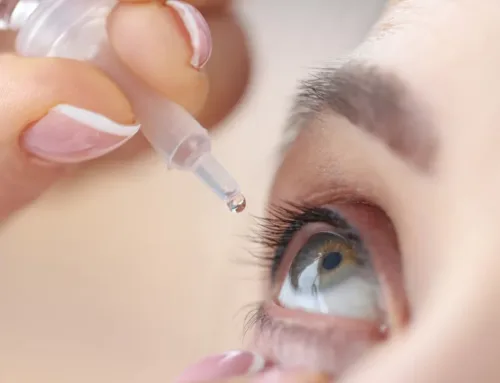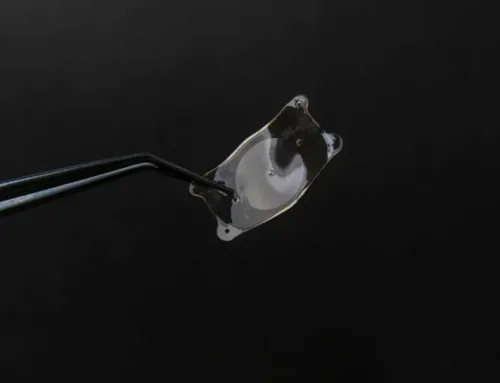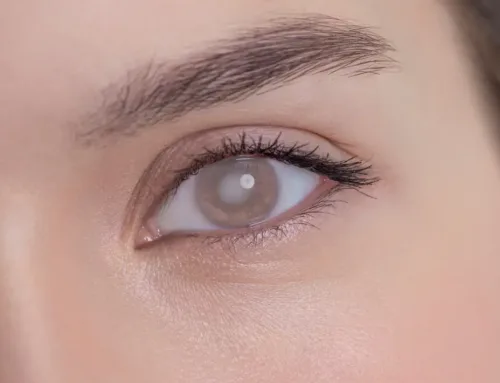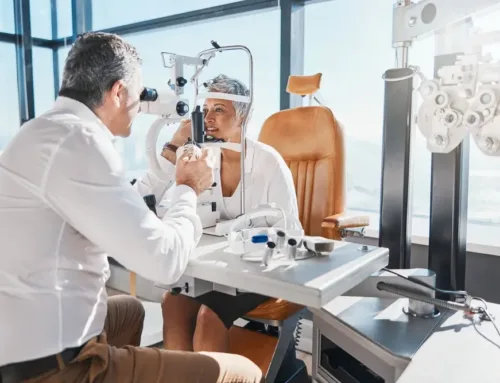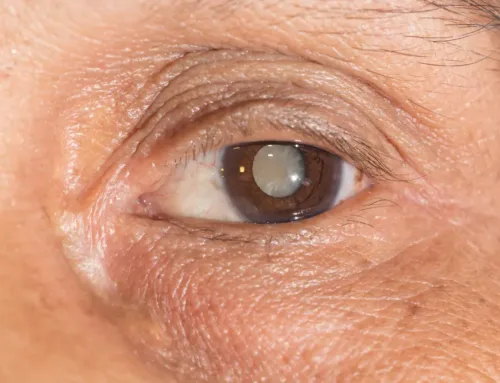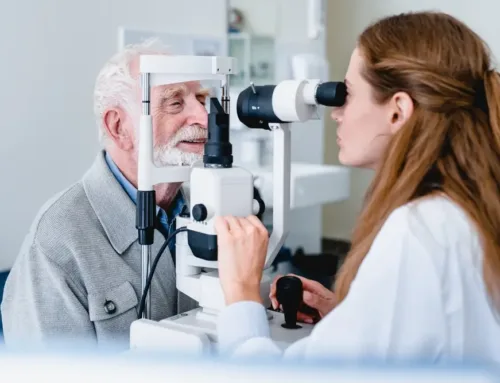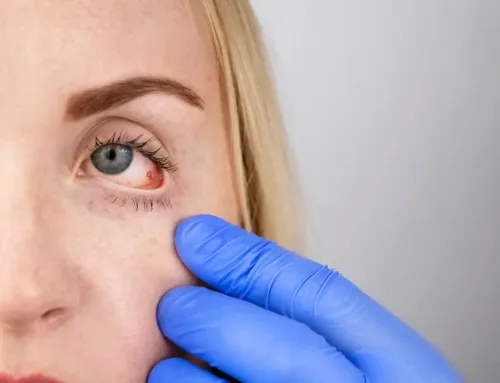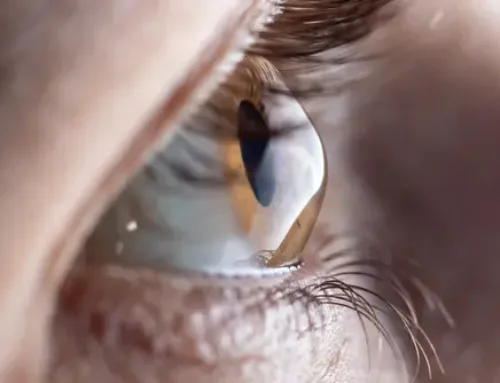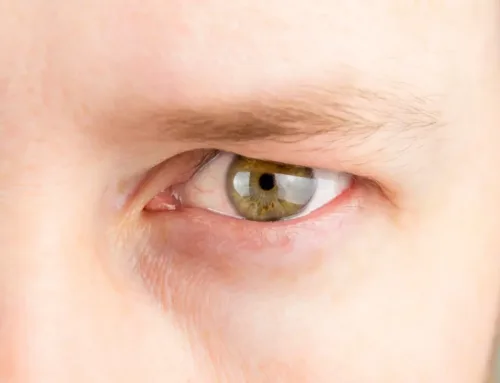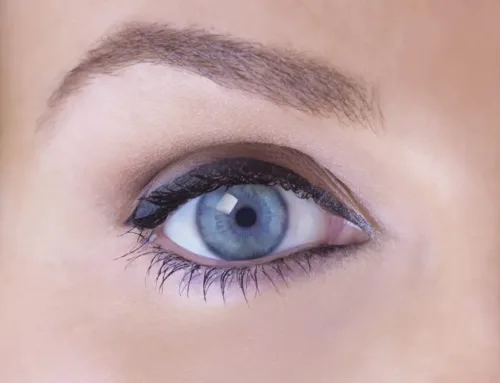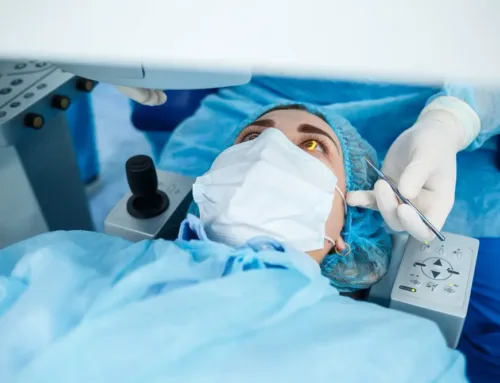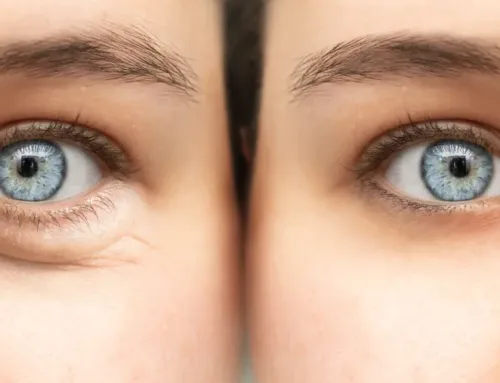Intraocular Pressure (IOP) is a fundamental aspect of ocular physiology. It’s the internal pressure maintained within the eye that allows it to keep its shape and function properly. The balance between the production and drainage of aqueous humor, a clear fluid that fills the anterior chamber of the eye, determines the IOP. The normal range for IOP is typically between 10 and 21 millimeters of mercury (mm Hg).
Though variations in IOP are natural, it becomes a concern when the pressure exceeds the normal range. Elevated IOP, also known as ocular hypertension, can lead to damaging the optic nerve, a crucial structure that transmits visual information from the retina to the brain. This damage can result in vision loss, and often, it’s associated with a serious eye condition – glaucoma.
Understanding the role of IOP is crucial in ophthalmology. It’s not only a significant risk factor for glaucoma but also a modifiable one. By controlling IOP, we can prevent or delay the progression of glaucoma, preserving vision and enhancing the quality of life for individuals at risk. 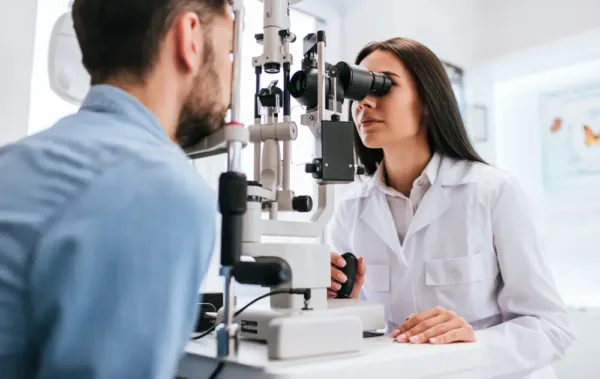
Understanding Glaucoma
Glaucoma is a group of eye conditions that damage the optic nerve, leading to irreversible vision loss if left untreated. This optic nerve damage is often, but not always, caused by an unusually high IOP. Globally, glaucoma is the second leading cause of blindness, affecting more than 60 million people.
There are several types of glaucoma. The most common is primary open-angle glaucoma, where the eye’s drainage canals become blocked over time, leading to a gradual increase in IOP. This form of glaucoma is often asymptomatic until its later stages when significant vision loss has already occurred.
Another type, acute angle-closure glaucoma, occurs when the drainage canals are suddenly blocked, causing a rapid rise in IOP. This form of glaucoma is less common but can be a medical emergency as it can quickly lead to blindness if not treated promptly.
Despite its prevalence, glaucoma is still widely misunderstood. Many individuals believe that it’s simply a disease of high IOP. However, it’s possible to develop glaucoma even with a normal IOP, and conversely, having a high IOP doesn’t necessarily mean a person will develop glaucoma. This complexity underscores the importance of regular comprehensive eye examinations, including IOP measurements, in early glaucoma diagnosis and treatment.
The Connection Between IOP And Glaucoma
While glaucoma can occur without elevated IOP, research has shown a strong connection between the two. Studies have demonstrated that high IOP is the most significant risk factor for glaucoma. The higher the IOP, the greater the likelihood of developing glaucomatous optic nerve damage.
Managing IOP has been the mainstay of glaucoma treatment. Lowering IOP, whether it’s initially high or within the normal range, can slow down the progression of glaucoma. Medications, laser procedures, and surgical interventions are all aimed at reducing IOP to prevent further optic nerve damage.
However, the relationship between IOP and glaucoma is not straightforward. The IOP at which optic nerve damage occurs can vary widely between individuals. Some people can tolerate higher levels of IOP without developing glaucoma, while others may suffer optic nerve damage at relatively low pressures. This variation underscores the need for individualized treatment plans in managing glaucoma.
How Intraocular Pressure (IOP) Influences Glaucoma Diagnosis
Understanding the role of IOP in glaucoma diagnosis is essential. Elevated IOP is a clear risk factor for glaucoma, but it’s not a definitive diagnostic criteria. A comprehensive glaucoma evaluation involves assessing several factors, including IOP, optic nerve health, visual field testing, and examining the eye’s drainage angle.
IOP provides valuable information in glaucoma diagnosis. An elevated IOP might prompt further investigations for glaucoma, especially in individuals with additional risk factors, such as family history of glaucoma, advanced age, or certain ethnic backgrounds. Additionally, tracking changes in IOP over time can help identify individuals at risk of developing glaucoma.
However, relying solely on IOP in diagnosing glaucoma can be misleading. As mentioned earlier, not everyone with elevated IOP will develop glaucoma, and some people with normal IOP can still have glaucoma. Therefore, a comprehensive approach that considers all aspects of the disease is crucial in diagnosing and managing glaucoma effectively.
The Future Of Glaucoma Diagnosis And IOP
Intraocular pressure plays a vital role in glaucoma diagnosis. While it’s not the only factor in assessing the risk and progression of glaucoma, it remains a critical component. Advances in technology are making IOP measurements more accurate and less invasive, which may lead to earlier and more precise glaucoma diagnosis.
Understanding the role of IOP in glaucoma diagnosis is essential for both eye care professionals and patients alike. By staying informed and proactive in managing IOP, we can help prevent vision loss due to glaucoma and improve the quality of life for those living with this condition.
For more information on how intraocular pressure (IOP) plays in glaucoma diagnosis, visit Treasure Coast Eye Specialists at our office in Port Saint Lucie or Stuart, Florida. Call 772-400-2400 or 772-286-0007 to book an appointment today.


